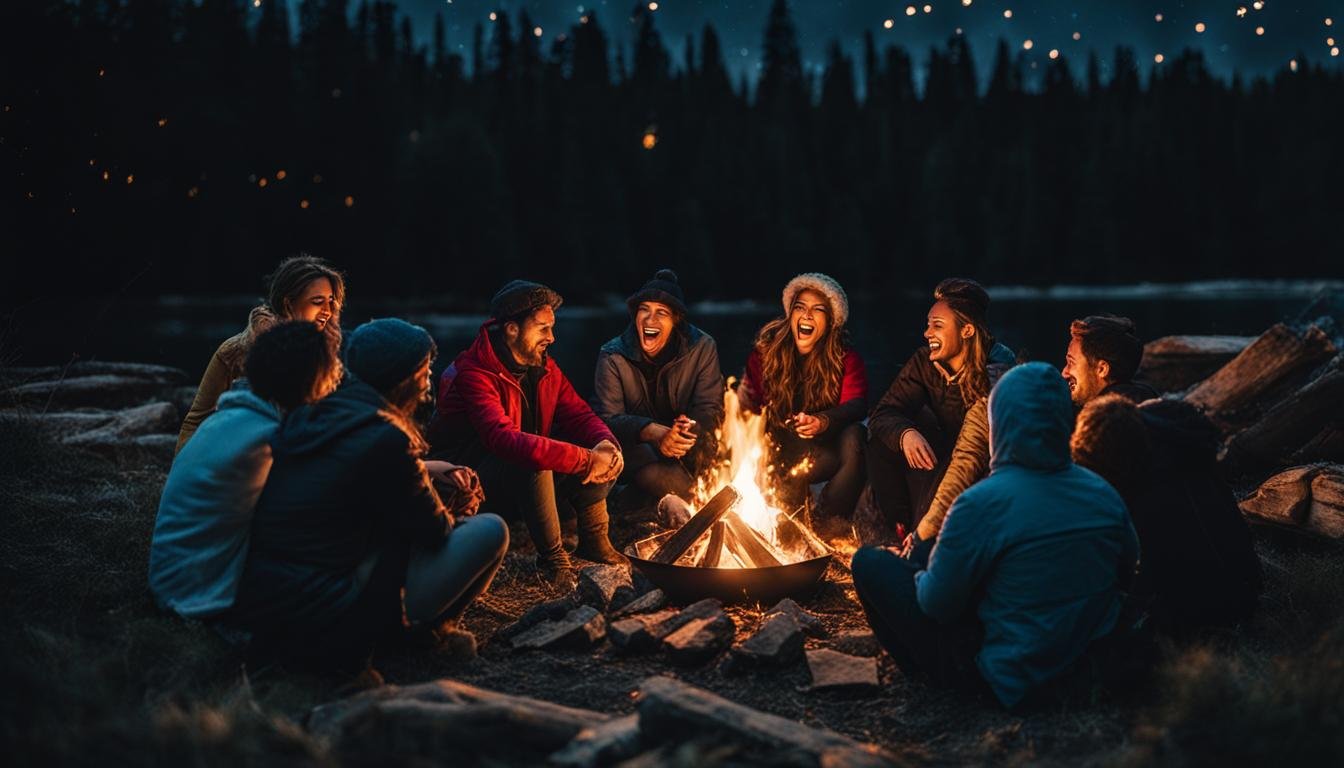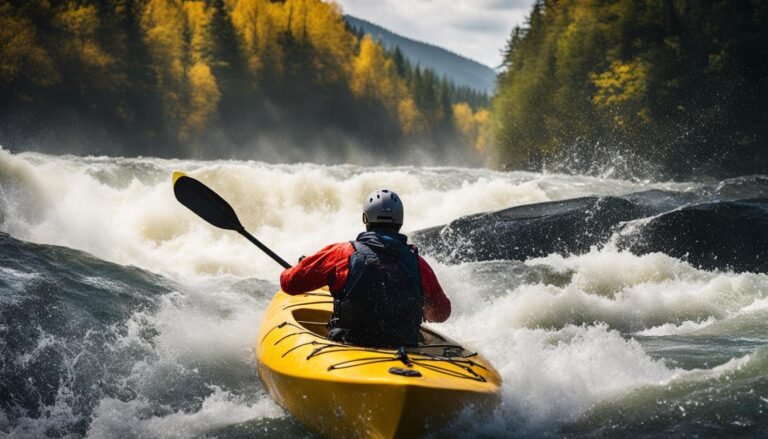30+ Travel Photography Tips
Discover expert travel photography tips for capturing stunning moments and landscapes. Learn about gear, composition, lighting, and more to enhance your travel photography skills.
Travel photography is an incredible way to capture the beauty and essence of your adventures.
30+ Travel Photography Tips
Whether you’re an amateur or a seasoned pro, these tips will help you elevate your travel photography game. From choosing the right gear to mastering composition and lighting, we’ve got you covered.
Selecting the Right Gear
When it comes to travel photography, having the right gear can make all the difference. Here are some essential considerations:
1. Choose a Versatile Camera
Invest in a camera that suits your skill level and travel style, whether it’s a DSLR, mirrorless, or a high-quality smartphone. Ensure it’s capable of capturing the stunning landscapes and moments you encounter during your journey.
2. Pack Light
Opt for compact and lightweight gear to make traveling with your equipment more manageable. This not only eases the physical burden but also allows you to be more nimble and adaptable while shooting on the go.
3. Lens Selection
Carry a variety of lenses, including a wide-angle for landscapes, a prime lens for low light, and a zoom lens for flexibility. Different lenses will help you capture diverse subjects and scenes effectively.
4. Tripod
A tripod can stabilize your shots and allow for long-exposure photography, such as capturing starry nightscapes or silky waterfalls. Look for a lightweight, portable option to avoid excess weight in your luggage.
5. Filters
Consider using neutral density and polarizing filters to enhance your photos. Neutral density filters can help control exposure in bright conditions while polarizing filters reduce glare and improve contrast in your images.
Composition Techniques
Composition is key to captivating travel photos. Keep these techniques in mind:
6. Rule of Thirds
Place key elements at the intersections of imaginary grid lines for a balanced composition. This fundamental rule helps create visually appealing and harmonious images.
7. Leading Lines
Use lines like roads, rivers, or fences to guide the viewer’s eye through the frame. Leading lines add depth and draw attention to your subject.
8. Framing
Frame your subject with natural elements like arches, trees, or doorways for added depth and context. This technique can add storytelling elements to your photos.
9. Symmetry
Symmetrical compositions can create a sense of harmony and balance in your photos. Seek out symmetrical subjects or use post-processing to create symmetry.
10. Use of Color
Consider color theory and use contrasting or complementary colors to create visually striking images. Pay attention to the color palette of your surroundings and incorporate it into your compositions.
Lighting Tips
Mastering light is crucial for stunning travel photography:
11. Golden Hour
Shoot during the golden hours—sunrise and sunset—for soft, warm, and flattering light. This magical time of day enhances the beauty of landscapes and portraits alike.
12. Avoid Harsh Midday Sun
Midday sun can create harsh shadows and overexposed areas. To avoid these issues, plan your shoots during the morning or late afternoon when the sunlight is softer.
13. Use Natural Light
Experiment with natural light sources like windows, candles, and campfires for unique effects. Natural light can add warmth and atmosphere to your photos.
14. Silhouettes
Capture striking silhouettes during sunrise or sunset, with your subject in front of the light source. This technique creates dramatic and memorable images.
15. Play with Shadows
Shadows can add depth and drama to your photos. Embrace shadows to create intriguing compositions and highlight certain elements in your frame.
Practical Tips
Here are some practical tips to enhance your travel photography experience:
16. Plan Ahead
Research your destination and its best photo spots to make the most of your time. Knowing when and where to be can significantly improve your chances of capturing exceptional shots.
17. Patience
Wait for the right moment to capture the perfect shot, whether it’s a sunrise, a wildlife encounter, or a candid moment with locals. Patience often leads to the most rewarding images.
18. Backup Your Photos
Regularly back up your photos to avoid losing precious memories. Use multiple storage devices or cloud services to ensure your images are safe and secure.
19. Respect Local Culture
Always ask for permission before photographing people or their property, especially in foreign cultures. Respect local customs and traditions while documenting your journey.
20. Experiment with Angles
Don’t be afraid to crouch, climb, or lie down to capture unique perspectives. Changing your shooting angle can breathe new life into familiar scenes.
Post-Processing and Editing
Editing can take your travel photos to the next level:
21. Shoot in RAW
Capture in RAW format to retain maximum detail and flexibility during editing. RAW files provide more latitude for adjustments in post-processing.
22. Use Editing Software
Learn to use software like Lightroom or Photoshop to enhance your photos. Adjust exposure, color balance, and sharpness to achieve the desired look.
23. Keep it Natural
Avoid over-editing; strive for a balance between enhancing and maintaining a natural look. Over-processing can make your photos appear unrealistic.
People and Portraits
Capturing the essence of people and cultures is a significant part of travel photography:
24. Candid Shots
Capture genuine moments by blending into the environment and not intruding. Candid shots reveal the true spirit and emotions of your subjects.
25. Engage with Locals
Interact with the locals to build rapport and capture authentic expressions. Building connections can lead to more meaningful portraits.
26. Portraits with Background
Include elements of the environment to tell a more complete story in your portraits. The background can add context and cultural richness to your images.
Wildlife and Nature
For wildlife and nature enthusiasts, these tips are essential:
27. Patience with Wildlife
Wildlife photography requires patience; observe from a distance and avoid disturbing the animals. Respect their natural behavior and habitat.
28. Research Animal Behavior
Understand your subjects’ habits and behaviors to anticipate their actions. This knowledge will help you capture rare and captivating moments.
29. Landscapes
Use wide-angle lenses to capture the grandeur of landscapes; include foreground interest for depth and scale. Experiment with composition to highlight the beauty of nature.
Safety and Security
Travel photography also involves taking care of yourself and your gear:
30. Protect Your Gear
Invest in a sturdy camera bag and use lens caps and filters to protect your equipment from dust, moisture, and impacts. Proper care ensures your gear remains in top condition.
31. Travel Insurance
Consider travel insurance that covers your gear in case of loss or damage. It provides peace of mind knowing your equipment is protected during your travels.
32. Stay Informed
Research safety guidelines and travel advisories for your destination. Staying informed about local conditions and potential hazards ensures a safe and enjoyable photography experience.
Travel photography is a rewarding pursuit that allows you to document your adventures and share them with the world. By following these tips, you’ll be well-prepared to capture stunning images that tell the story of your journeys. Remember to enjoy the process, immerse yourself in the experience, and let your creativity shine through your lens. Happy shooting!
Key Takeaways (Travel Photography Tips)
- Choose a versatile camera for your skill level and style.
- Pack light with compact and lightweight gear.
- Carry various lenses for diverse subjects.
- Consider a portable tripod for stability.
- Use filters like ND and polarizing filters for better photos.
- Apply composition techniques like the rule of thirds.
- Utilize leading lines and framing for depth.
- Experiment with symmetry and color theory.
- Master lighting by shooting during golden hours.
- Avoid harsh midday sun; use natural light creatively.
- Capture silhouettes and play with shadows.
- Plan ahead and research your destination.
- Be patient and wait for the right moments.
- Regularly back up your photos.
- Respect local culture and ask for permission.
- Experiment with different shooting angles.
- Shoot in RAW for post-processing flexibility.
- Learn to use editing software effectively.
- Maintain a natural look when editing.
- Capture candid shots for genuine moments.
- Engage with locals for authentic portraits.
- Include environmental elements in portraits.
- Practice patience with wildlife; observe from a distance.
- Research animal behavior for better wildlife shots.
- Use wide-angle lenses for grand landscapes.
- Protect your gear with a sturdy camera bag.
- Consider travel insurance for gear protection.
- Stay informed about local safety guidelines.







